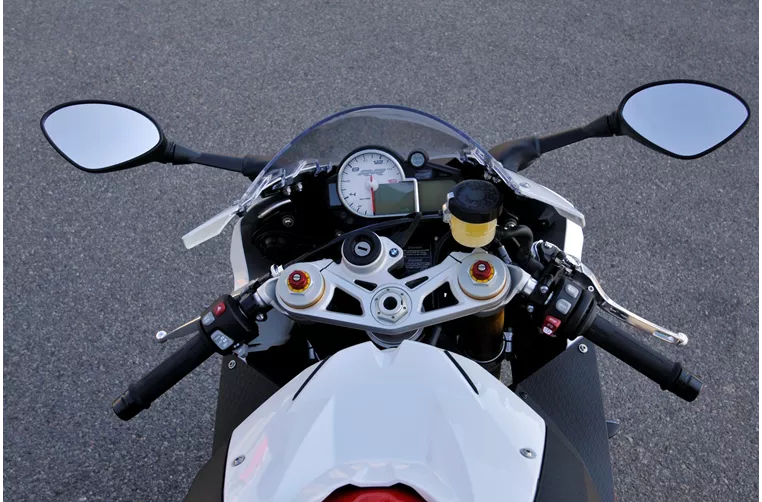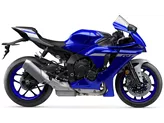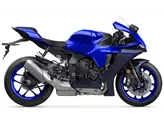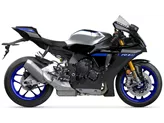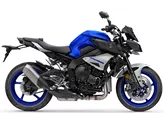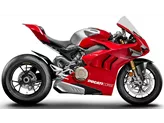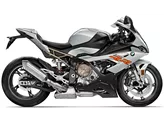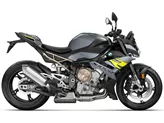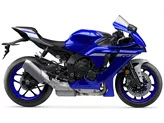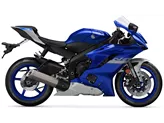BMW S 1000 RR 2014 vs. Yamaha R1 2010
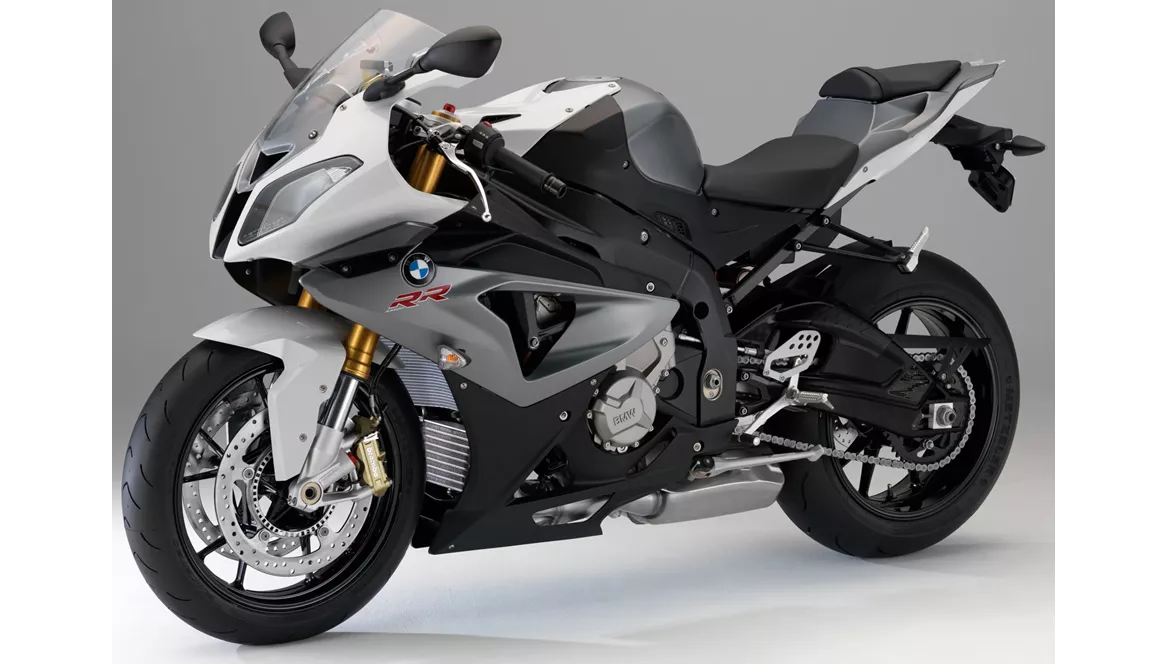
BMW S 1000 RR 2014

Yamaha R1 2010
Overview - BMW S 1000 RR 2014 vs Yamaha R1 2010
The BMW S 1000 RR 2014 and the Yamaha R1 2010 are both supersport motorcycles that offer high performance and advanced features. However, there are some notable differences between the two models.
In terms of engine specifications, the BMW S 1000 RR 2014 has a larger bore of 80 mm compared to the Yamaha R1 2010's 78 mm. The stroke of the BMW is 49.7 mm, while the Yamaha has a stroke of 52.2 mm. The BMW also has a higher engine power of 192 HP compared to the Yamaha's 181 HP. However, the Yamaha has a slightly higher torque of 115.5 Nm compared to the BMW's 112 Nm. Both motorcycles have 4 cylinders and a displacement of around 1000 ccm.
In terms of suspension, the BMW S 1000 RR 2014 features a telescopic fork at the front, while the Yamaha R1 2010 has an upside-down telescopic fork. Both motorcycles have an aluminium frame, with the BMW featuring a Twin Tube frame type and the Yamaha featuring a Deltabox frame type.
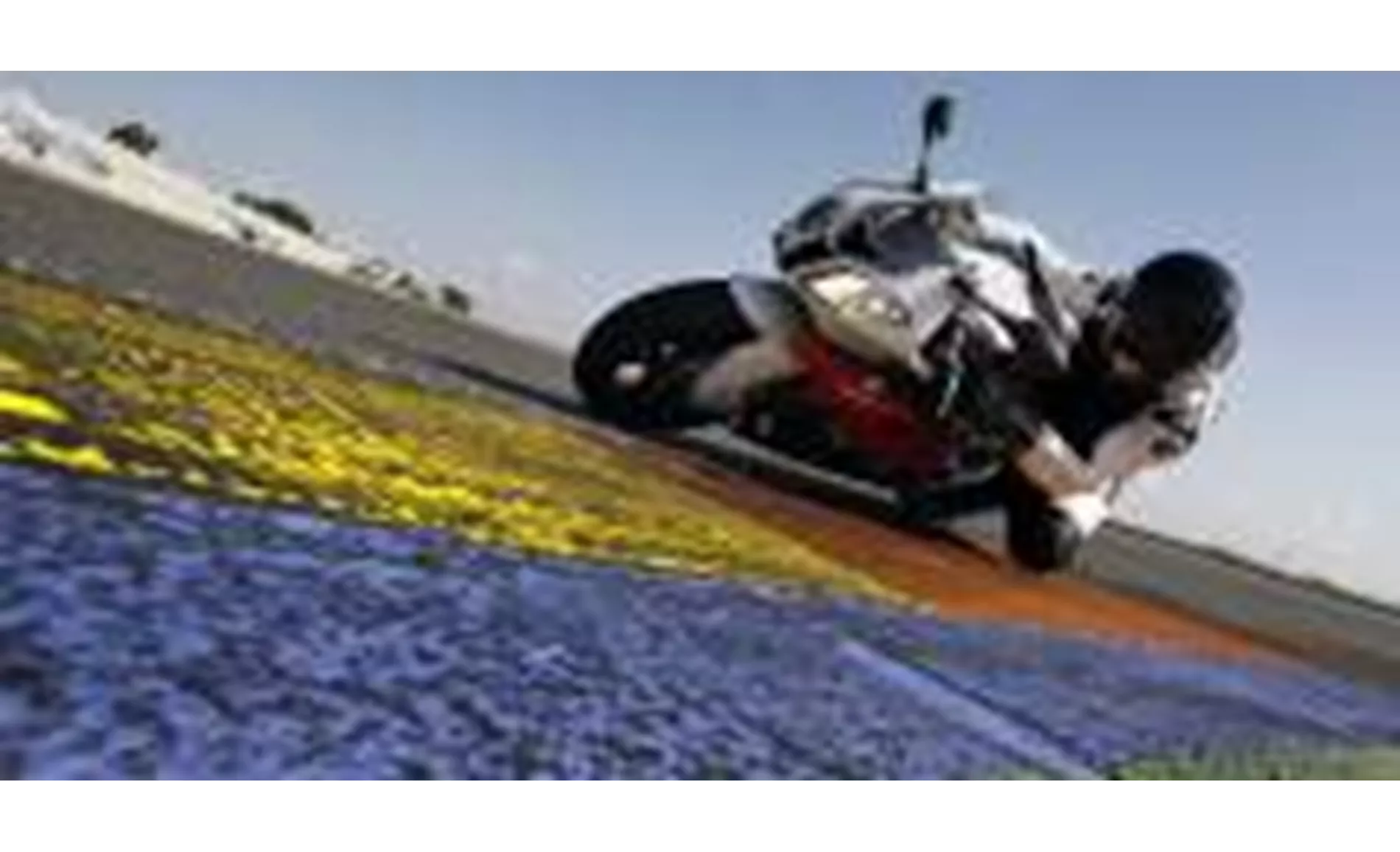
BMW S 1000 RR 2014
Both motorcycles have double disk brakes at the front, providing optimal braking performance. They also have the same front and rear tire dimensions, with a width of 120 mm and a diameter of 17 inches.
In terms of dimensions and weights, the BMW S 1000 RR 2014 has a slightly longer wheelbase of 1432 mm compared to the Yamaha R1 2010's 1415 mm. The seat height of the BMW is 820 mm, while the Yamaha has a slightly higher seat height of 835 mm. The kerb weight of the BMW is 204 kg, while the Yamaha weighs slightly more at 206 kg. Both motorcycles have a fuel tank capacity of around 17-18 liters.

Yamaha R1 2010
Now, let's discuss the strengths and weaknesses of each motorcycle. The BMW S 1000 RR 2014 has a powerful engine and a superior electronics package, making it a top performer. It also has a superb shift assistant and is versatile for both track and road use. Despite its high performance, the BMW is known for being easy to ride. However, the fully equipped version of the BMW can be quite expensive and stability can be a bit tricky. Additionally, the packages offered by BMW may prioritize profit maximization over customer benefits.
On the other hand, the Yamaha R1 2010 has a strong engine with a sophisticated character. It also offers an optimal braking system and a comfortable seating position. However, it has suboptimal suspension elements and a lower peak power compared to the BMW. The Yamaha also has slightly weak traction and a higher weight, which may affect its overall performance.
In conclusion, both the BMW S 1000 RR 2014 and the Yamaha R1 2010 are high-performance supersport motorcycles with their own strengths and weaknesses. The BMW offers a more powerful engine and advanced electronics, while the Yamaha provides a comfortable riding experience. Ultimately, the choice between the two would depend on the rider's preferences and priorities.
Technical Specifications BMW S 1000 RR 2014 compared to Yamaha R1 2010
Pros and Cons in comparison
Pros and Cons in comparison
BMW S 1000 RR 2014
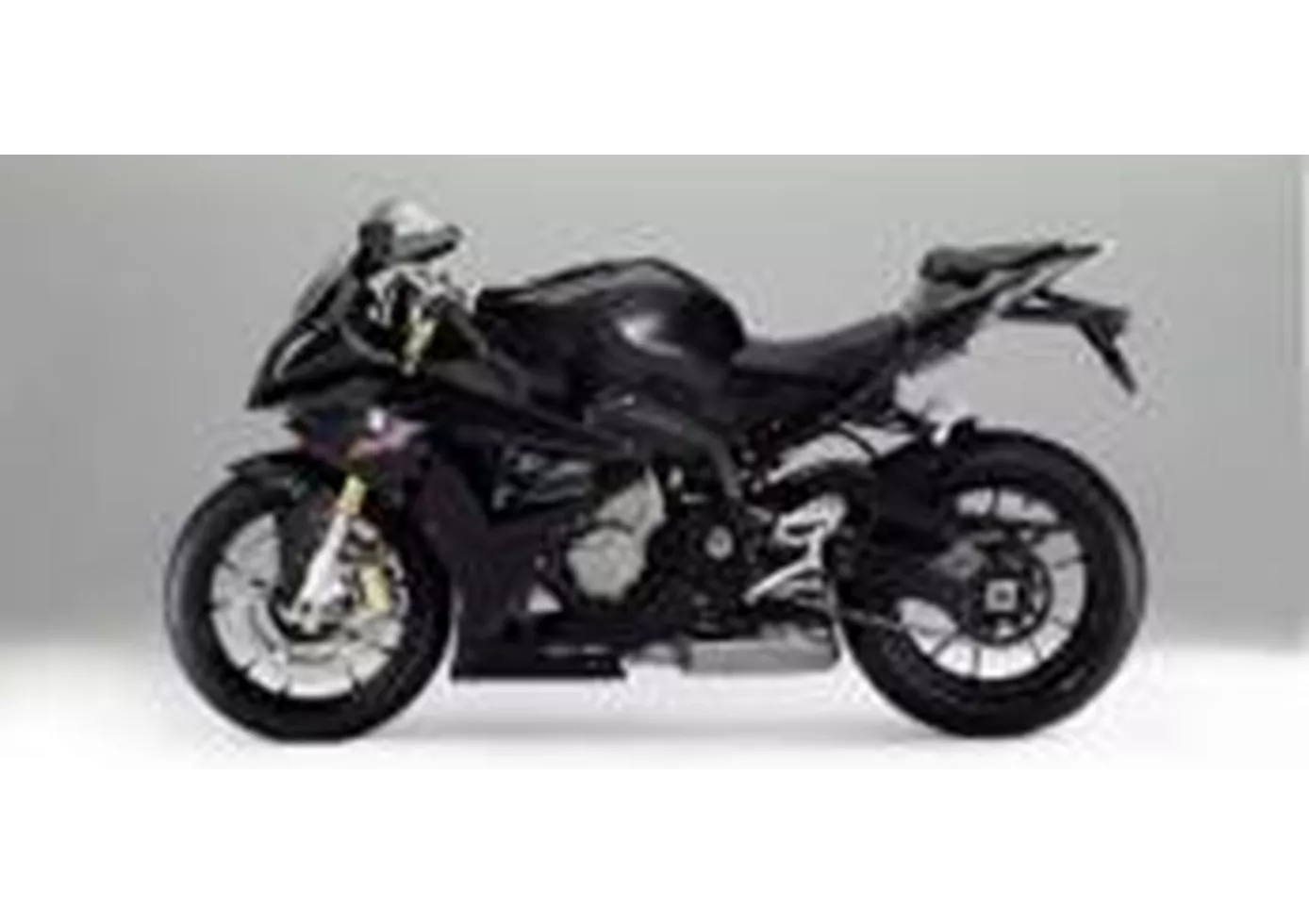
BMW S 1000 RR 2015 buyers are closer than ever to a World Superbike Championship machine and will be able to ride it faster than ever before.
Yamaha R1 2010
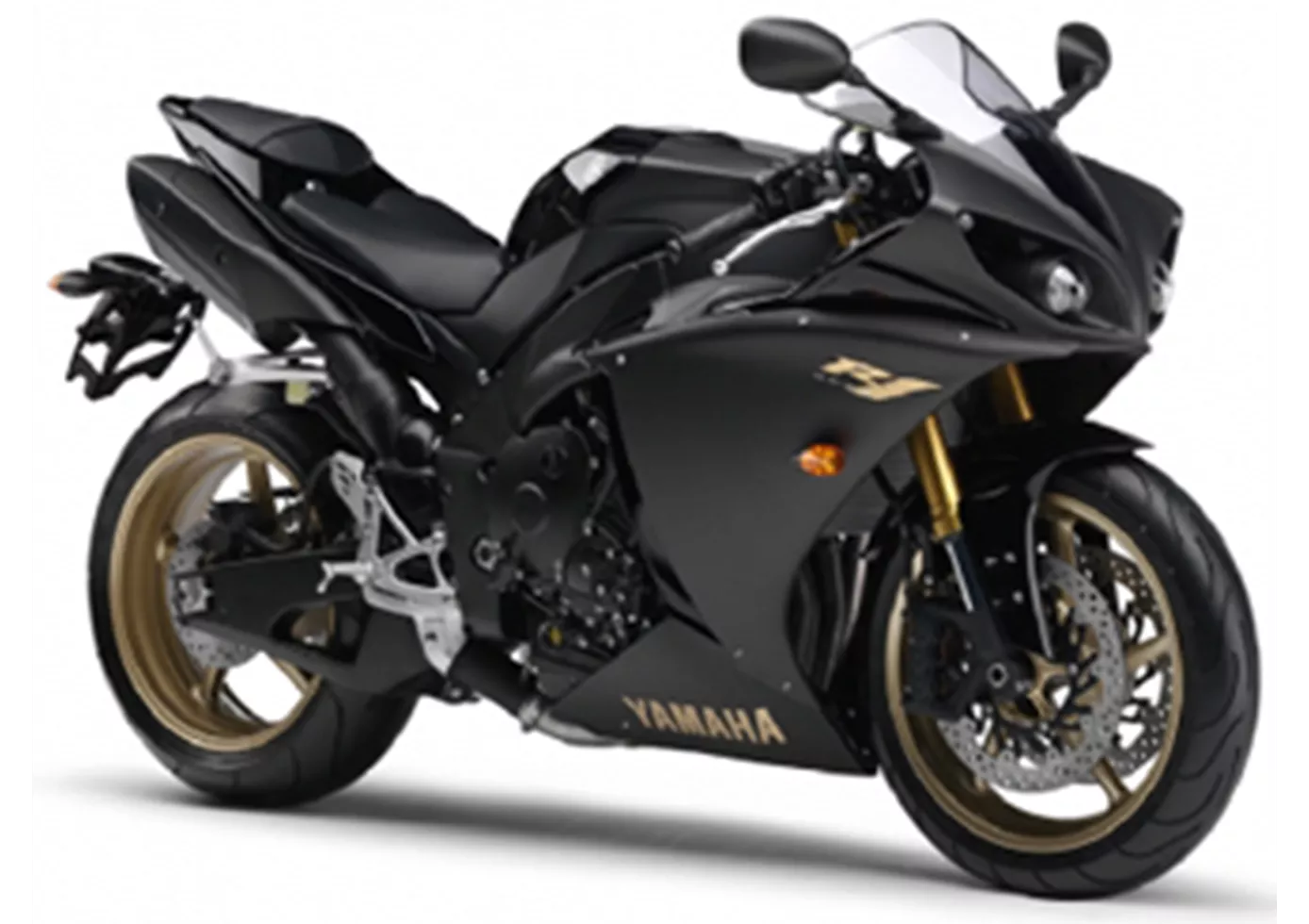
The current engine in the R1 scores points above all with its unmistakable sound, very transparent response and linear power delivery. In terms of peak power, however, Yamaha had to cut back a little.
Price Comparison Avarage Market Price BMW S 1000 RR vs Yamaha R1
There are a few key differences between a BMW S 1000 RR 2014 and a Yamaha R1 2010. It takes less time to sell a Yamaha R1 with 53 days compared to 56 days for the BMW S 1000 RR. Since model year 2010 1000PS.de editors have written 135 reviews for the BMW S 1000 RR and 80 reviews for the Yamaha R1 since model year 2005. The first review for the BMW S 1000 RR was published on 16/04/2008 and now has more than 4,000 views. This compares to more than 3,900 views for the first review on Yamaha R1 published on 28/04/2003.
